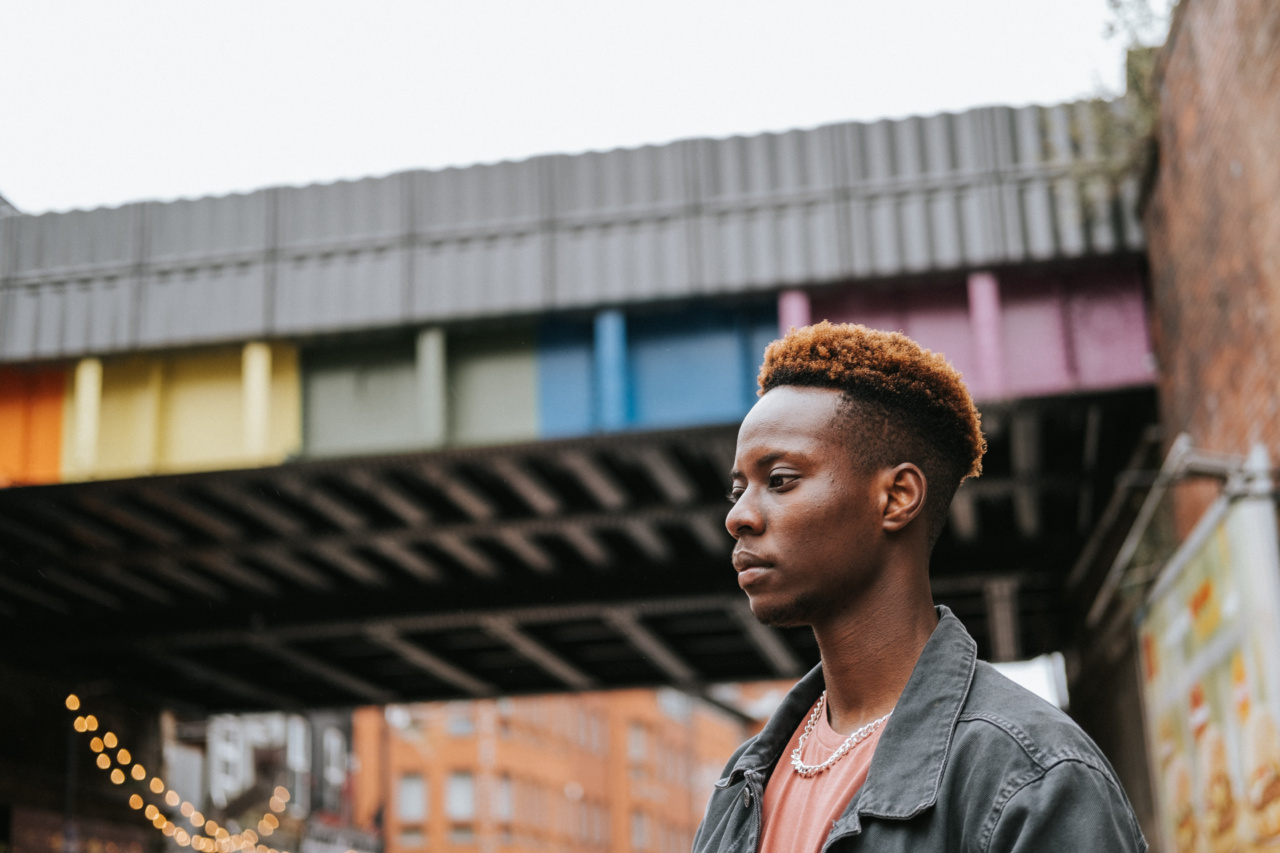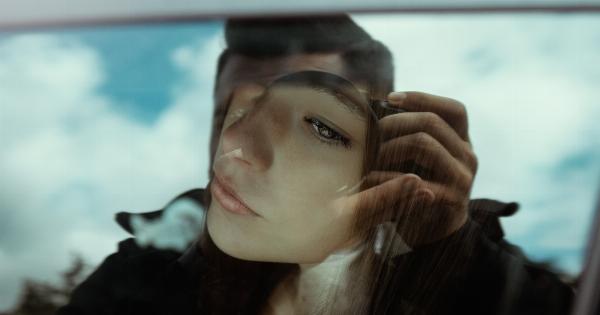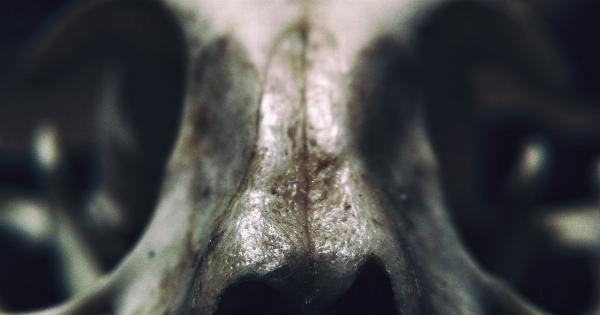When it comes to getting our pictures taken, why do most of us instinctively position ourselves to favor our right side? Have you ever wondered why we tend to tilt our heads, lean to one side, or raise an eyebrow in a specific way in photographs? This intriguing phenomenon has long caught the attention of researchers and photographers alike. In this article, we will delve into the reasons behind this inclination and explore the psychological and biological factors that contribute to our preference for the right side in photographs.
1. Facial Asymmetry
One of the primary reasons why we tend to favor our right side in photographs is our inherent facial asymmetry.
Studies have consistently shown that the left side of our face is often more emotionally expressive and aesthetically pleasing compared to the right side. Facial asymmetry, in terms of both bone structure and muscular variations, leads to subtle differences in facial appearance. We usually lean towards showcasing the more attractive and expressive side, which, more often than not, is the right side.
2. Hemispheric Dominance
The human brain is divided into two hemispheres, the left and the right, each with distinct functions. It is widely known that the left hemisphere of the brain controls the right side of the body, while the right hemisphere controls the left side.
This division of labor extends to our facial expressions as well. Emotionally, our right hemisphere is typically more dominant, which results in heightened expressiveness on the left side of the face. Consequently, we subconsciously position ourselves to capture this more emotive side when faced with a camera.
3. Cultural and Social Factors
Cultural and societal influences also play a role in our inclination to favor the right side in photographs. Various cultures have ingrained preferences for certain angles and facial expressions in photography.
For instance, Western traditions have historically considered the left side of the face as less desirable due to its association with evil or dark spirits. This cultural bias has likely seeped into our collective consciousness, leading to the consistent preference for the right side in modern photography.
4. The Mirror Effect
Another aspect that explains our inclination towards the right side in photographs is our familiarity with our own image in the mirror.
When we look at ourselves in the mirror, we are presented with a reversed reflection, where our left side appears on the right and vice versa. This constant exposure to our mirror image influences our perception of ourselves. As a result, when faced with a camera, we subconsciously position ourselves to recreate the familiar mirror image – favoring our right side.
5. Visual Processing Bias
Research in the field of visual processing suggests that our brain often processes and recognizes images more efficiently when they are presented on the right side of our visual field.
This bias is known as the “left visual field advantage” since the left visual field information is primarily processed by the right hemisphere of the brain. Considering this cognitive bias, it is possible that we instinctively favor our right side in photographs as it allows our face to occupy a more visually prominent position.
6. Emotional Significance
Photographs are often cherished as memories, capturing precious moments and emotions. It is believed that our right side tends to convey more positive and approachable emotions compared to the left side.
This emotional significance translates into our desire to showcase our right side in photographs, as it represents us in a more favorable light, both aesthetically and emotionally.
7. Body Language and Pose
Our body language and posing tendencies also contribute to our favoring of the right side in photographs. Just as we have dominant hands, we also have a dominant side in terms of our preferred poses and body alignment.
Most people find it more natural and comfortable to place their weight slightly on their left leg, causing a subtle shift towards their right side. This inclination naturally carries over to photographs, where we align our bodies to maintain a sense of balance.
8. Photographic Composition
Photographers and artists often adhere to specific compositional rules that can influence the perceived aesthetics of an image.
One such rule is the “rule of thirds,” where the image is divided into a 3×3 grid, and critical elements are placed along these gridlines or their intersections. As the right side falls within one of these lines, positioning ourselves favorably on the right side adheres to this principle, creating a visually pleasing composition.
9. Personal Satisfaction and Confidence
Our preference for our right side in photographs can also stem from personal satisfaction and confidence in how we appear. If we believe our right side embodies our best features, showcasing it in photographs can enhance our self-esteem.
This positive self-perception translates into a subconscious desire to present ourselves in the most flattering way possible, leading us to favor our right side consistently.
10. Individual Variation
Lastly, it is important to note that individual variation plays a significant role in our preference for the right side in photographs.
While the factors mentioned above provide a general understanding of this phenomenon, there are undoubtedly exceptions to the rule. Some individuals may find their left side more aesthetically pleasing or have personal reasons to favor a different angle. It is essential to recognize and respect the diversity in individuals’ preferences.
Conclusion
Our preference for our right side in photographs is shaped by a multitude of factors, including facial asymmetry, hemispheric dominance, cultural influences, the mirror effect, visual processing biases, emotional significance, body language, and personal satisfaction. These complex interplays between biological, psychological, and sociocultural factors contribute to our consistent tendency to align ourselves favorably on the right side when faced with a camera.
As with any phenomenon, it is essential to acknowledge individual differences and embrace the unique beauty of each person’s preferred angle, whether it be the right side or otherwise.






























